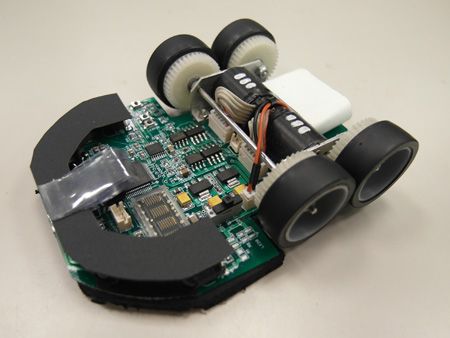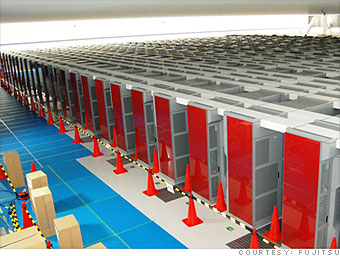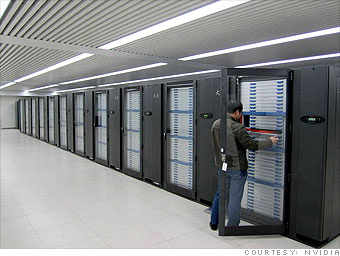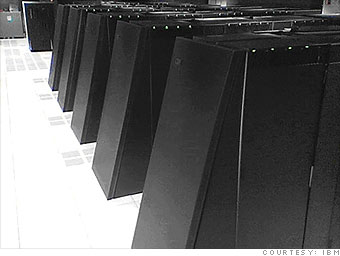Posted by: Wille D. Jones

A team of researchers led by Babak Amir Parviz, an associate professor of electrical engineering at the University of Washington, just published a paper in the 22 November edition of the Journal of Micromechanics and Microengineering that described a breakthrough in the development of an electronic contact lens with a built-in display. Parviz, who collaborated with University of Washington ophthalmologist Tueng Shen and optoelectronics researchers from Aalto University in Finland, has for several years been working on contact lenses that will someday augment the wearer’s vision with external data or use sensors to collect data about the state of the wearer’s health.
The researchers say that they successfully created a single-pixel wireless display comprising a blue gallium nitride LED mounted on a transparent sapphire chip, an integrated circuit that doubles as a power harvester and controller for the LED, and metal interconnects. They also showed that a series of passive lenses (called Fresnel lenses) less than 1 micrometer thick, when placed on the surface of the contact lens about 360 micrometers away from the LED, can focus the LED light onto the retina in a way that makes it appear as though the single-pixel image is floating in space about 1 meter away from the eye. Otherwise, the image would be right up against the cornea, where the human eye is incapable of bringing objects into focus.

Of the high-tech miniature display, the researchers said that although it has only one controllable pixel, “…we have provided the first proof-of-concept technology demonstrations for producing multipixel and in-focus images using a contact lens by producing multipixel micro-LED array chips on transparent substrates and micrometer-scale Fresnel lenses that can be integrated into a contact lens.” In other words, the team is making significant progress toward the goal—an array of 3600 10-µm-wide pixels spaced 10 µm apart—that Parviz mentioned in the September 2009 IEEE Spectrum article “Augmented Reality in a Contact Lens.” Now that the researchers have demonstrated the ability to remotely control red and blue LEDs, doing so with green ones is the next step in order to produce full-color displays integrated into contact lenses.
Among the technical hurdles that remain is developing an improved power supply. The 5-millimeter-radius loop antenna used to draw power wirelessly in the experiments documented in the paper only harvests enough energy when it is within about 2 centimeters of the radio transmitter. Another problem is that the so-called bionic lens is made from polyethylene terephthalate, a form plastic that is not porous enough to be worn against the eye all day. Its poor oxygen permeability could lead to corneal swelling. But the team says it is already back in the lab, attempting to overcome these challenges.
http://spectrum.ieee.org















